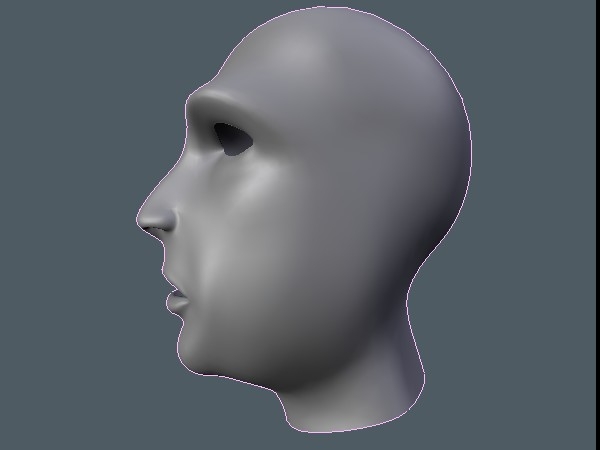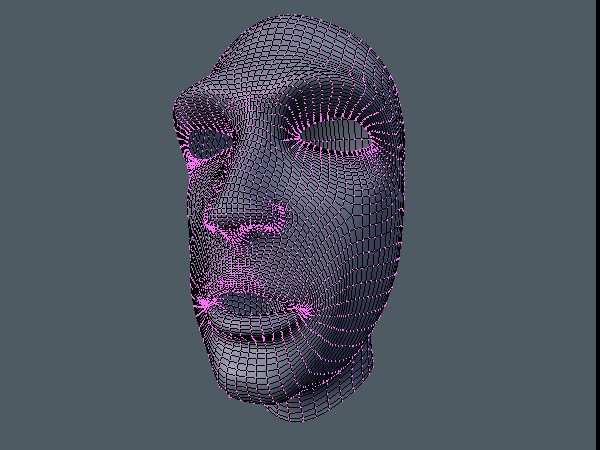Um, yeah… so kind of self explanitory. Tell me what you think.
Attachments


Wires  . I figured you would want them.
. I figured you would want them.


Here’s my 2 cents worth: The features are well formed, lips, nose, eyes and so on. Overall proportions (the location of those features on the skull) need some work. How much work is difficult to say because of the distortion introduced by perspective mode (these things are usually easier to sort out in orthagonal). Finally, (I guess that makes it 3 cents worth) you’ve got way too much mesh for the level of detail you’ve modeled. You could probably delete three of every four edge loops and still have the same shape.
Recommendation: put a reference photo or drawing in the viewport.
good job, the primary issue to me is the jaw and the bones of the skull which i think need more attention and detail
Porportion can be a matter of style,
face is too large, should be only about 5/8ths of the height
huge amounts of verts… do you really mean that many? any vert thats not absolutely necessary should be deleted imo
Looks good, but you could do with less verts.
We have a modifier called subsurf 
Use a cube and a level 6 subsurf and you get… a nearly perfect sphere.
Maybe you could do some work on the edgeloops as well.
I didn’t use a reference photo, I did this freehand. I’ll shorten the face, and how do you reduce a mesh?
[quote=Charlesworth999;731511]Looks good, but you could do with less verts.
We have a modifier called subsurf 
[quote]
Yeah, see the sig, I know subsurf 
You could try using the decimate modifier.
I guess “use fewer verts” is more in the line of advice to keep in mind for the next model, rather than advice for improving this one.
Leaving out the brainpan is a pretty common error in proportion when sketching freehand. We see detail and want to draw it, so that expanse of nothing between the eyebrows and the hairline gets left out.
Something that might help in freehand sketching is to add a lattice with six divisions and use the lines for the midpoint and thirds points to locate the eyes, mouth, nose etc.